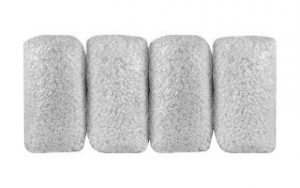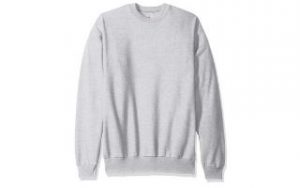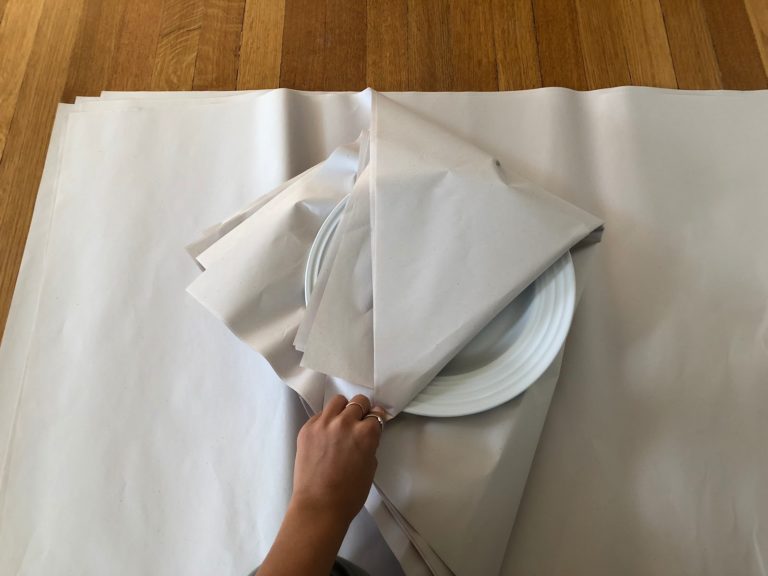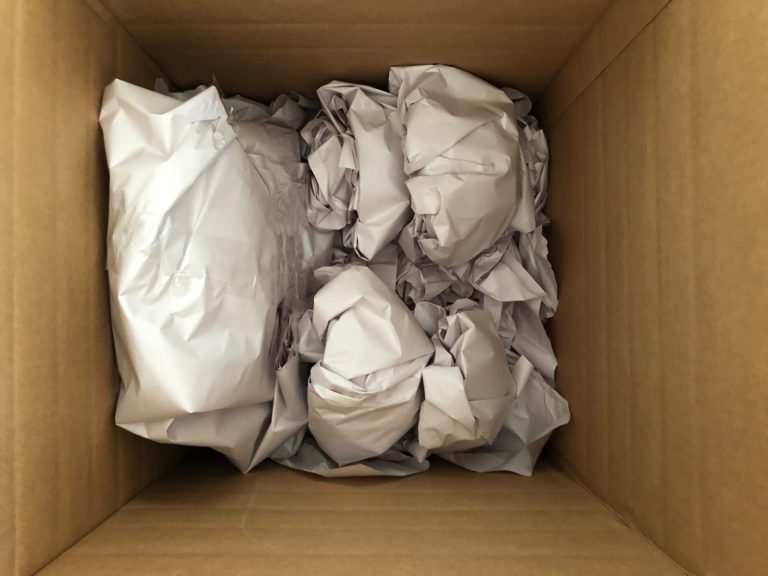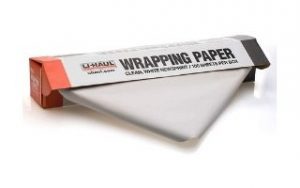To pay for packing services or to not pay for packing services—that is the question. Here’s another: Do you want to have to replace a broken dish set or risk chipping your precious china while it’s in the back of your moving van?
Broken household goods are top of the list when it comes to moving stressors. You have two packing options to avoid this calamity: hire professional packers, either through your moving company or a third-party packing service, or do it yourself.
Of course, a moving company or packing service can be pricey. So if you’re more DIY-inclined (and your budget can’t handle the cost of replacing a bunch of broken items) but aren’t sure how to pack your stuff safely, we’ve got your back.



